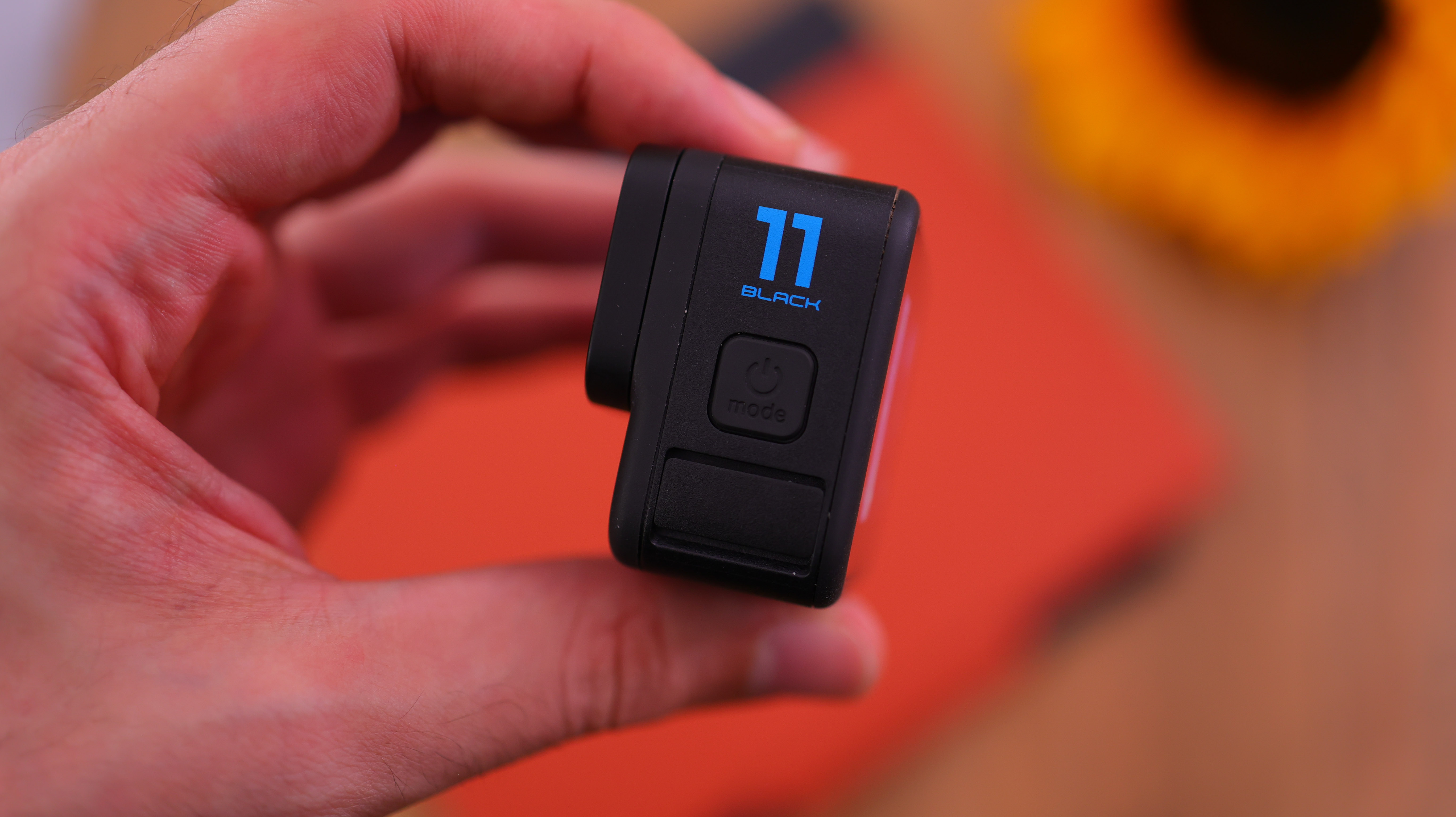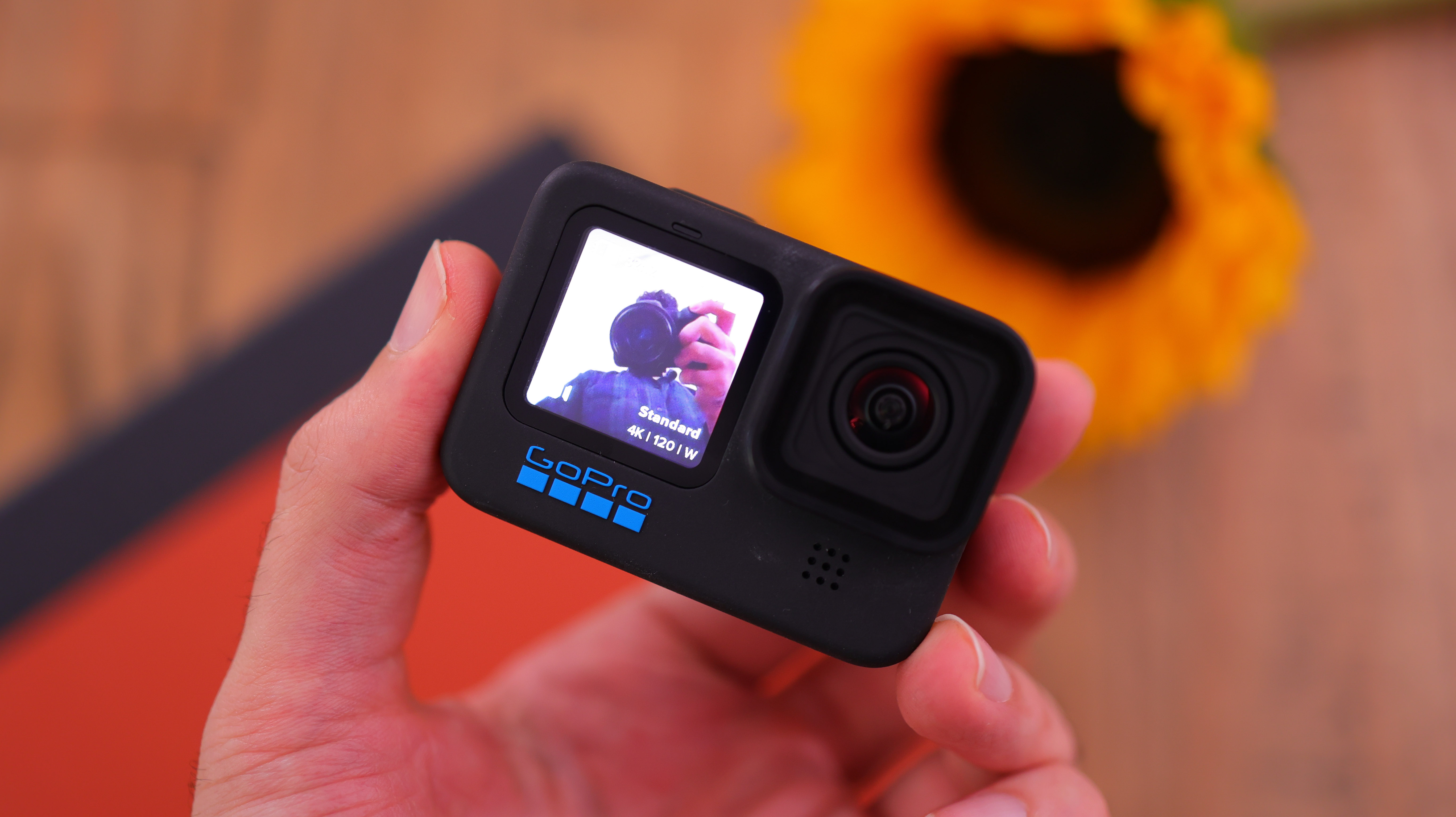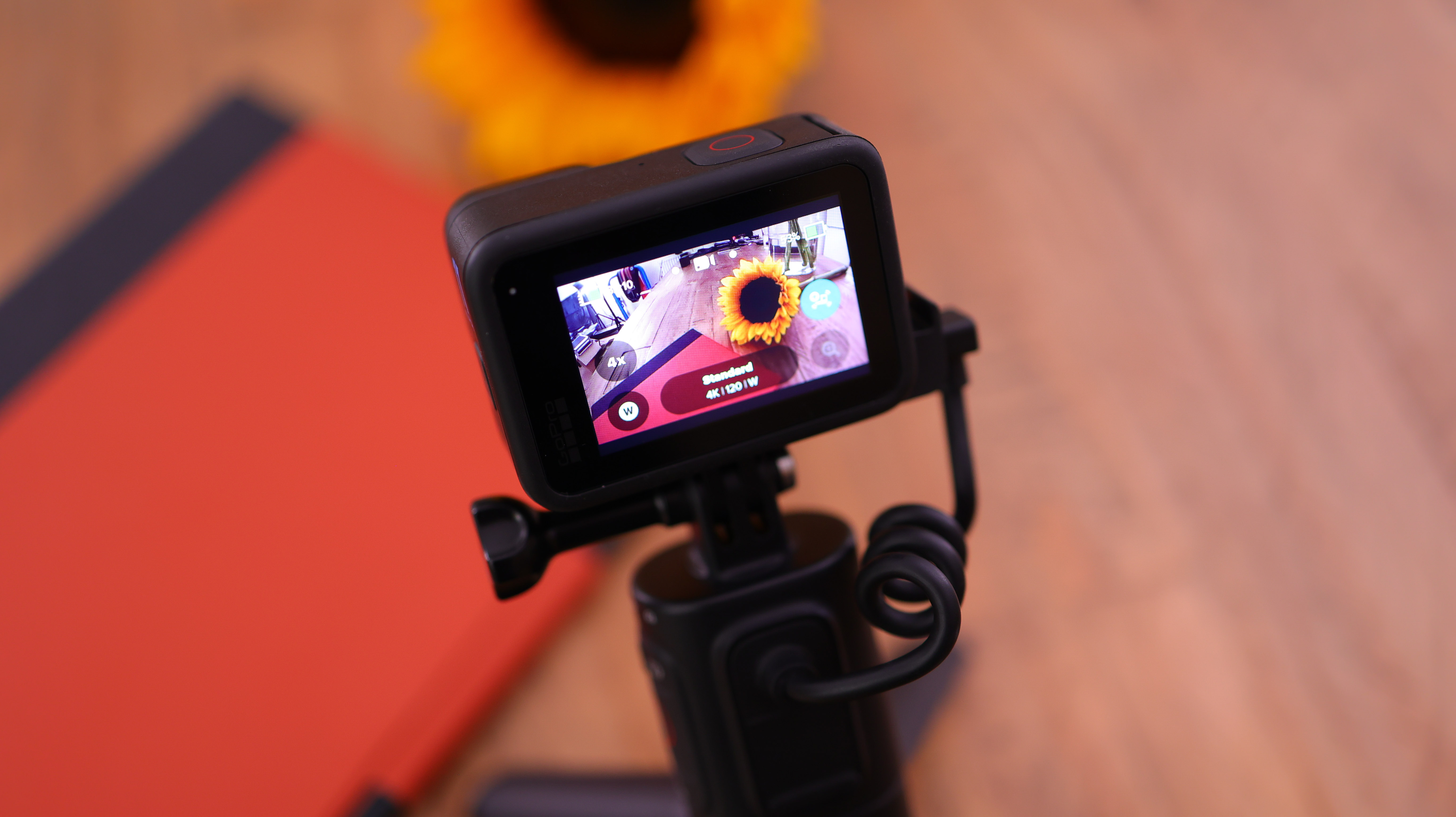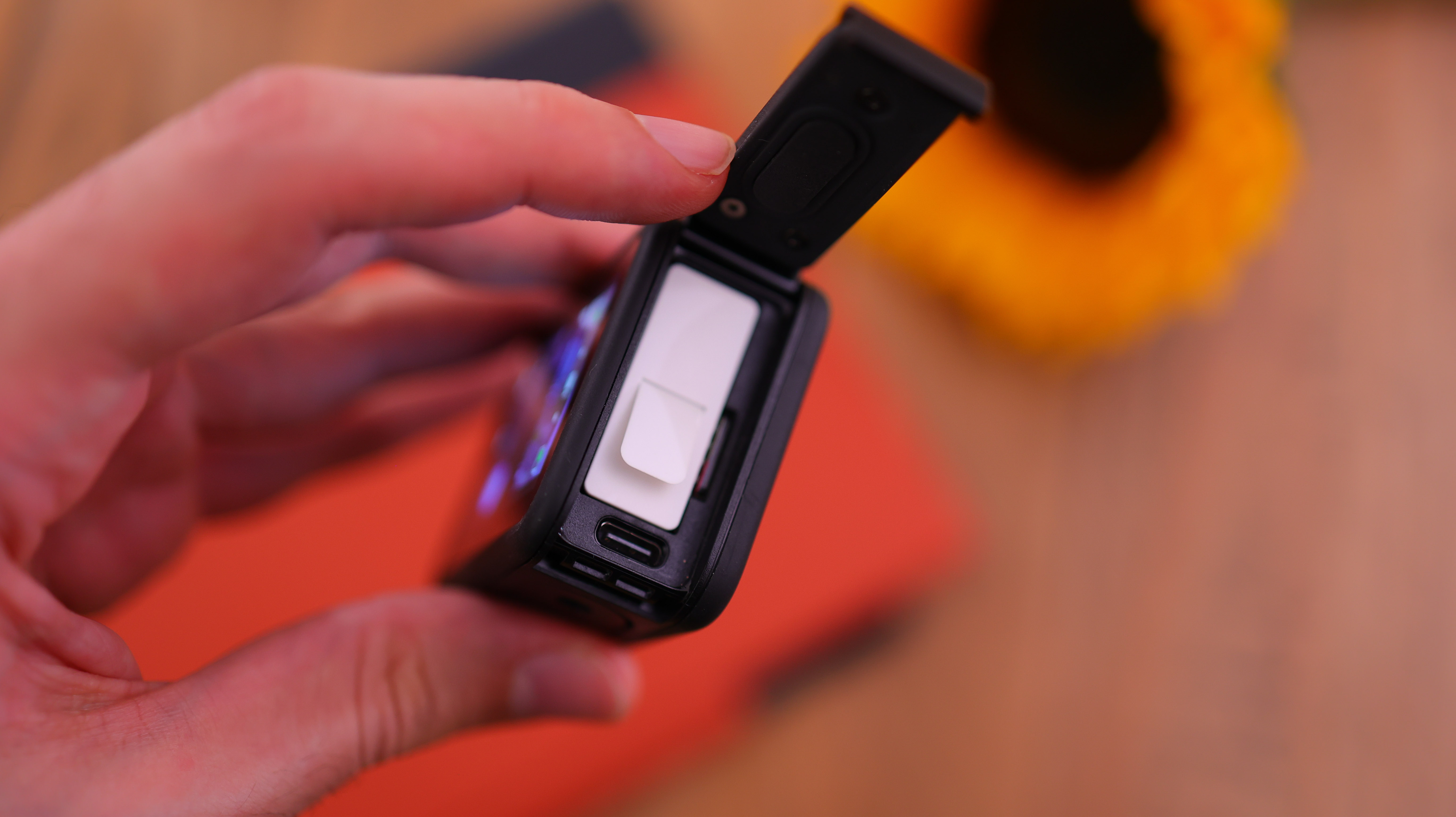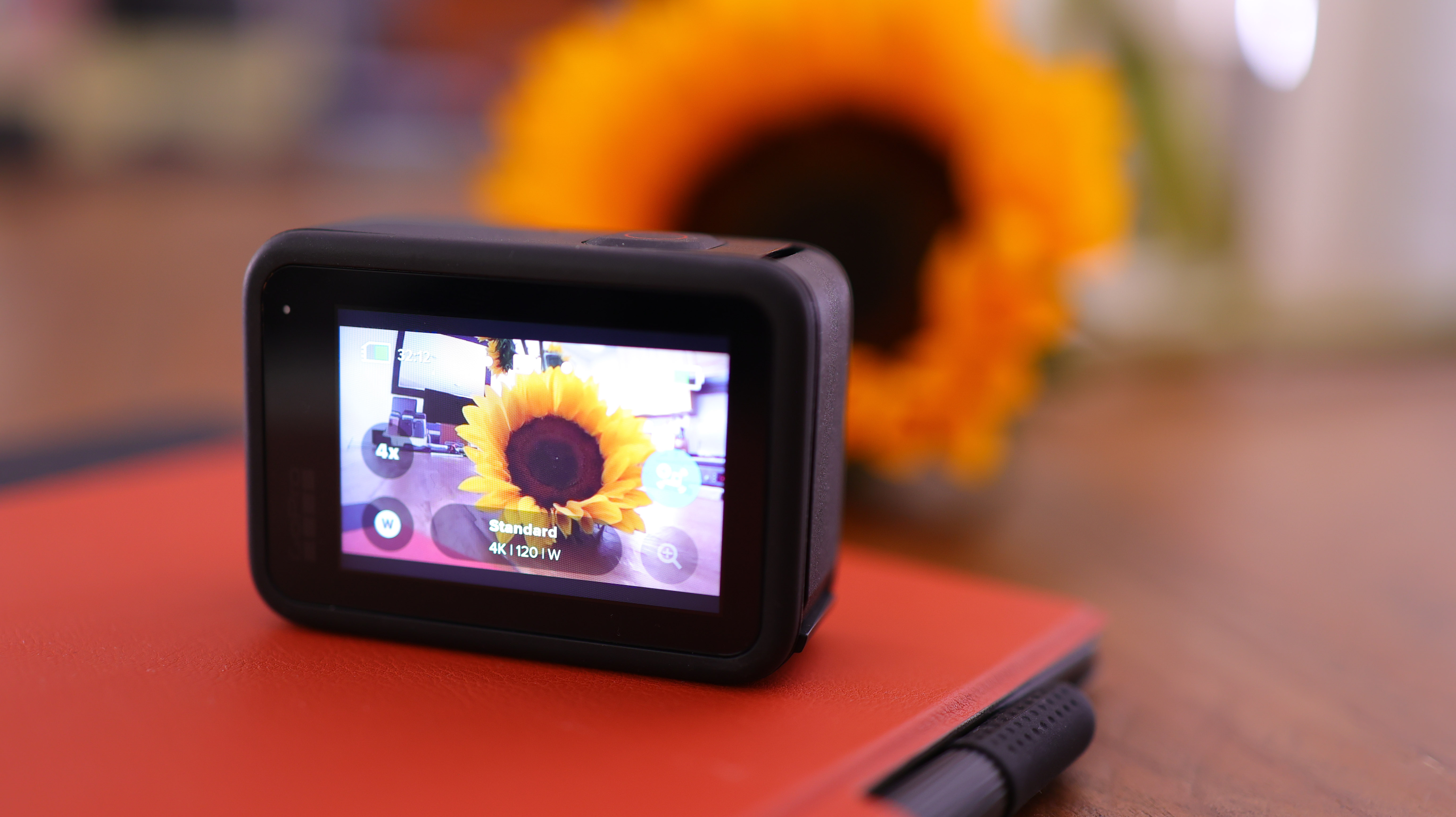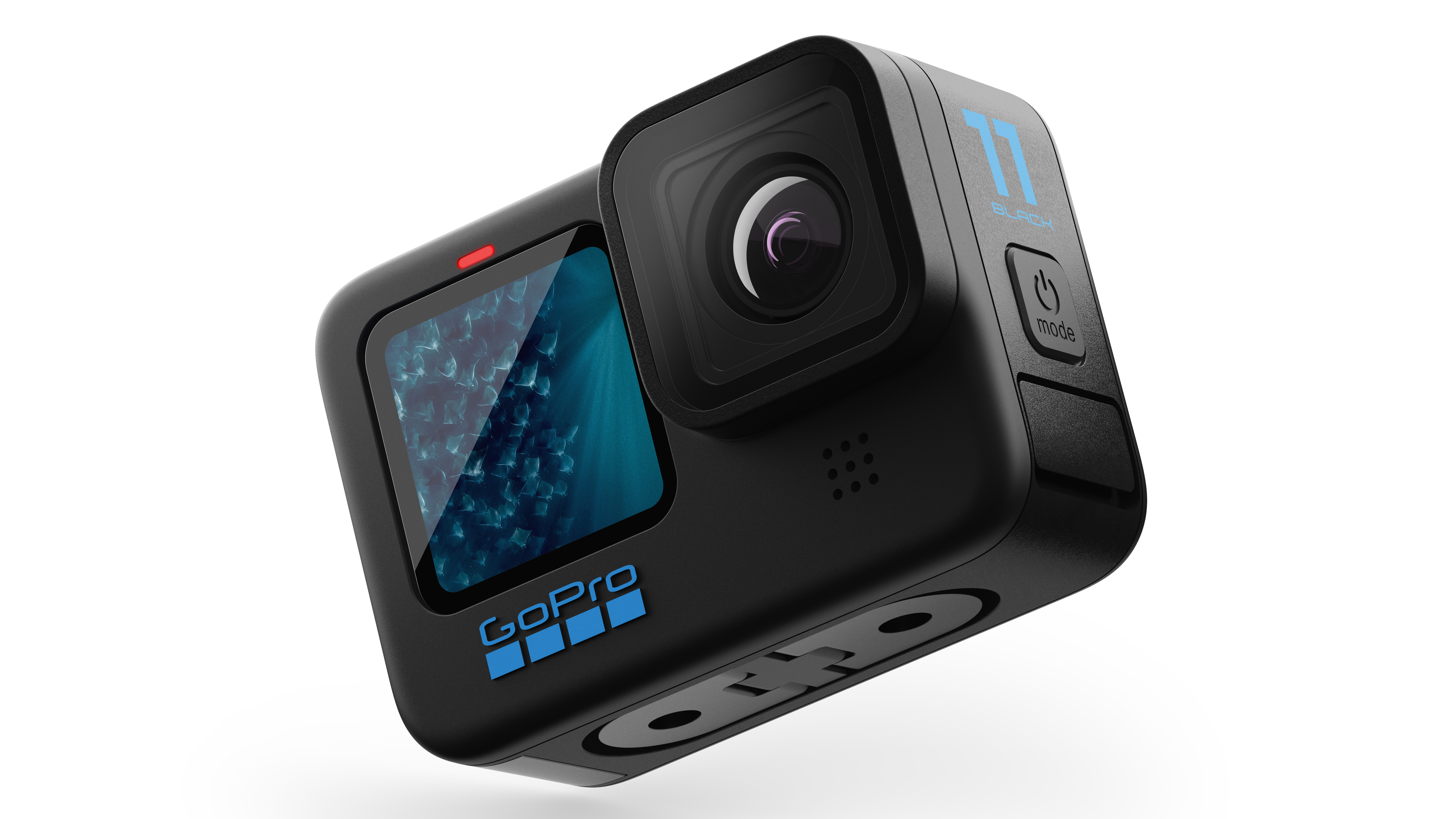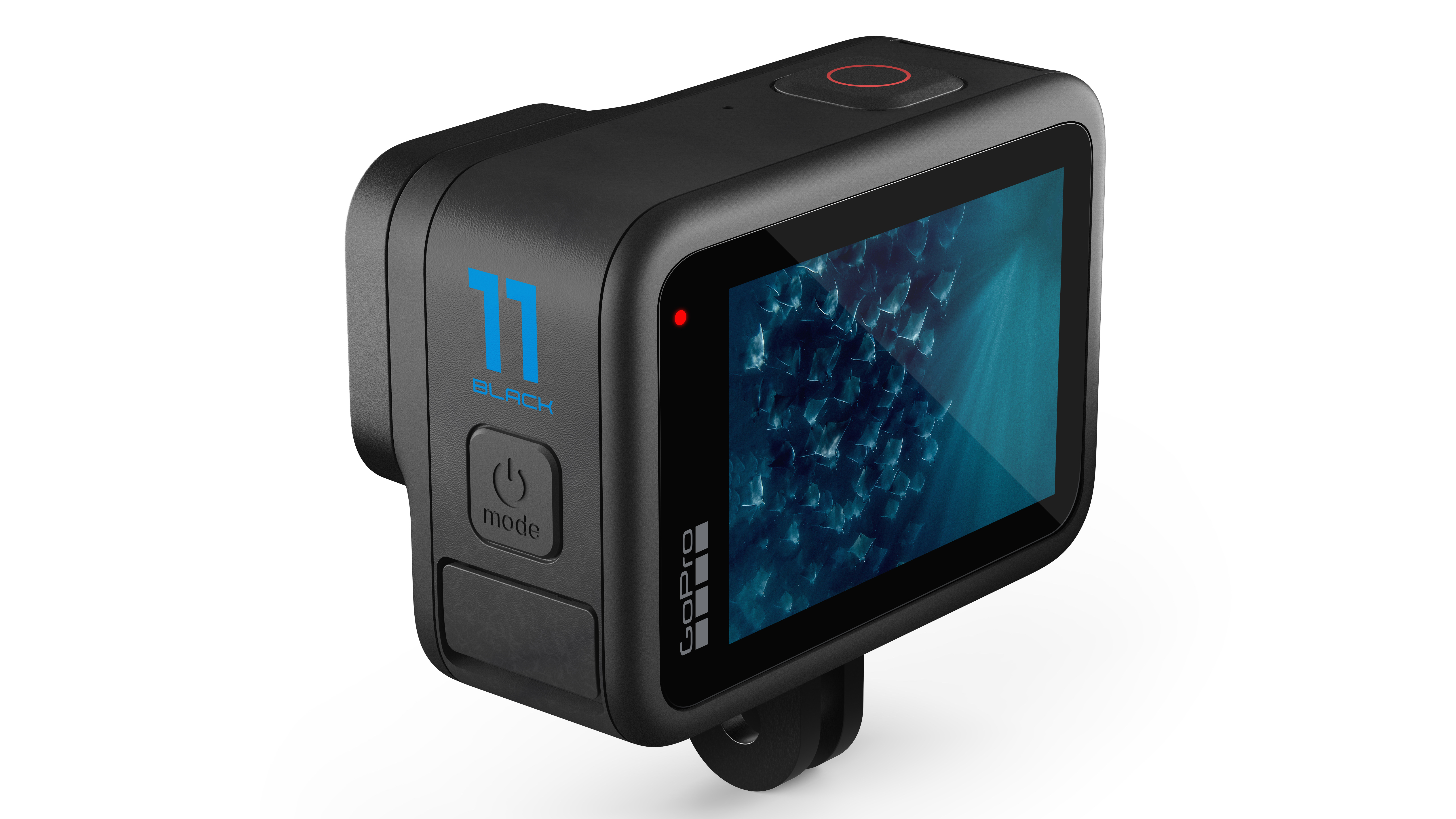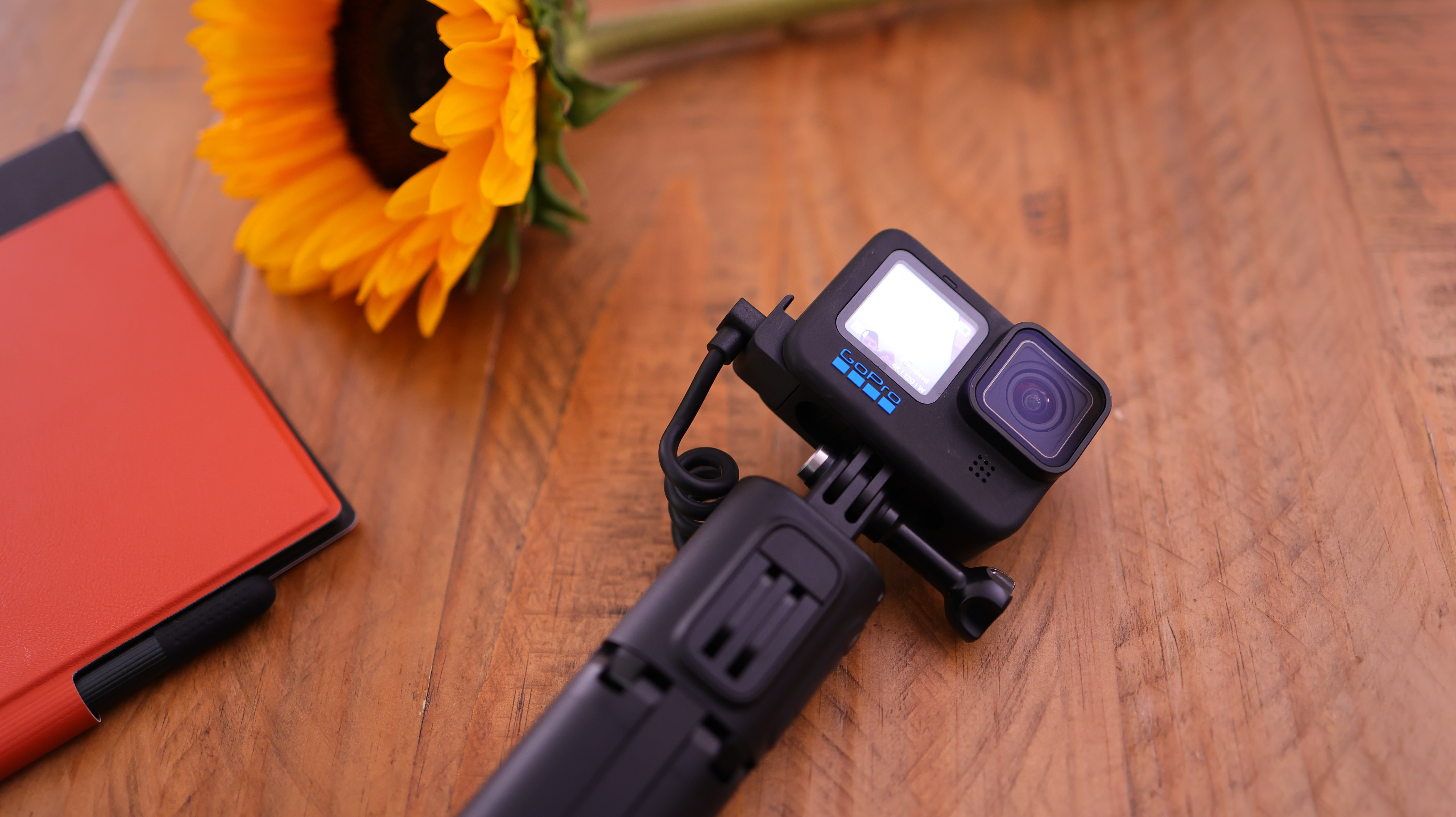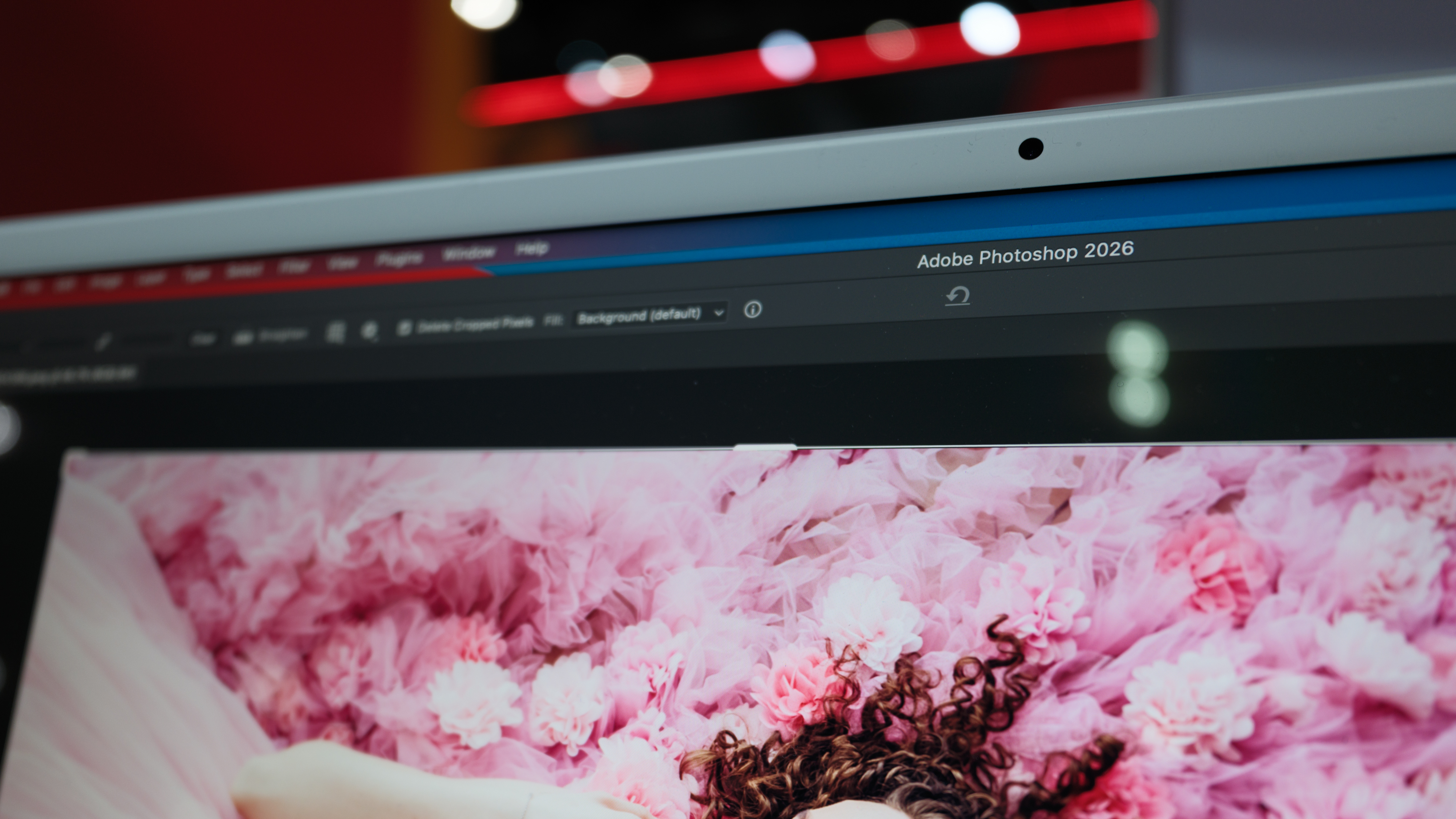Digital Camera World Verdict
Despite the Hero 11 Black looking like every other GoPro this side of 2019, with upgraded hardware and software, it's a triumph on all fronts. The new, almost square sensor is supremely versatile, the camera's software has been simplified successfully, and GoPro's companion app, Quik has also been improved. With best-in-class stabilization and great-looking video in all but dimly-lit and dark scenes, as well as some fun new modes like light painting, the Hero 11 Black is an excellent addition to the line.
Pros
- +
Captures versatile 8:7 content
- +
Excellent image stabilization
- +
Horizon locking at up to 5.3K
- +
Simplified interface for beginners
Cons
- -
Lowlight video isn't great
- -
Front display not touch sensitive
- -
GoPro membership required to unlock features
Why you can trust Digital Camera World
Hot on the heels of both the DJI Osmo Action 3 and the Insta 360 X3, GoPro launches its latest action cam, the Hero 11 Black. Swimming in highlights, this all-action-adventure camera's headline feature is that 8:7, 27MP, 10-bit camera sensor, which captures virtually square 5.3K content that can easily be cropped to create native 4K clips in a host of aspect ratios. That means whether you're a traditional 1:1 Instagram lover, a 9:16 TikTok fan, or a 'long-form', 16:9 YouTuber, you can grab all three video formats from one 8:7 video.
Building on the success of the Hero 10 Black, the Hero 11 brings back a virtually identical design, which means full support for all your old GoPro accessories. This time around, though, the camera software has been simplified, and the phone software – GoPro Quik, has been upgraded.
Check out our GoPro Hero 10 vs 11 Black guide
You can't talk about GoPro without mentioning the brand's HyperSmooth stabilization, and for version 5.0, GoPro's introduced 360º Horizon Locking at up to 5.3K for the first time in a Hero Black camera. The 11 Black also introduces a new digital lens – HyperView, and captures seriously wide SuperView footage in up to 5.3K resolution at 60fps, or 4K resolution at 120fps.
Add 27MP 8:7 photography to the Hero 11 Black's camera mix, as well as some new modes, and it's obvious this is the mightiest GoPro to date. But how does it stack up to the DJI Osmo Action 3, and is the Hero 11 Black a worthy upgrade if you're coming from a Hero 9 Black or 10 Black?
GoPro Hero 11 Black design and screens
Another year and another virtually identical-looking GoPro. Other than insignia on the Hero 11 Black's side, the latest GoPro looks identical to last year's model. It carries forward the same black frame, houses a power button on the side and record button up top, and if you slide open the flap on the side, there's a battery cavity, microSD card slot, and a USB-C port.
On the rubberized front is a small 1.14-inch screen, and around the back, the main 2.27-inch touchscreen. Unlike the new DJI Osmo Action 3, the front screen isn't touch-sensitive, so everything is controlled with a combination of buttons and that main rear touch display.
The best camera deals, reviews, product advice, and unmissable photography news, direct to your inbox!
Familiar styling isn't necessarily a negative. GoPro has brought back the flip-out feet introduced on the Hero 8 Black, which make the camera line easier to mount than old cameras. We have to say, the DJI mounting system on the Action 2 and 3, which combines magnets and clamps is quicker and easier in a pinch. That said, it's also bulkier, so might not be for folks securing their GoPros into tight spots.
Just like the Hero 10 Black, the 11 Black is also solid and durable, with waterproofing up to 33 feet (10 meters). Just an hour before its announcement, DJI unveiled its 16m waterproof Osmo Action 3 – so GoPro isn't king of the deep anymore. Still, for most, the Hero 11's waterproofing will fit the bill, and deep-sea adventurers can opt for underwater housing.
Despite its mightier Enduro battery and larger sensor, the new GoPro Hero 11 Black is the same size and weight as the 10 Black at 153g. It's also exactly the same dimensions, so works with the Media Mod and Max Lens Mod.
Performance and battery life
We were huge fans of the improvements the GP2 processor made to the Hero 10 Black over the Hero 9, taking everything from stuttery to smooth, and the GP2 is back for more responsive taps and swipes. This time, though, GoPro's upgraded the interface for the Hero 11 Black by adding an Easy Mode.
Even if you're a seasoned GoPro user, you might still appreciate what Easy mode offers. The core UI is the same – horizontally swipe left and right to switch between the modes – Photo, Video, and Timelapse. Swipe up to pull up the media on your memory card, and pull down to access the camera’s settings. As simple as that all sounds, there are loads of customization options when you dive into specific shooting modes, and this is what GoPro gets rid of when Easy Mode is active. All you have to do is choose what you want to capture, set your field of view, decide whether or not you want to shoot slow motion or not, and hit record.
The new GoPro Hero 11 Black also brings back excellent connections too. Firstly, it supports both 2.4GHz and 5GHz WiFi, and you can also offload footage and photos from your camera to your phone or tablet with a wired connection. This cuts the transfer times by up to half, with support for Hero 10 to USB-C or Lightning connector.
GoPro also brings back support for both Webcam streaming and live streaming. Supported streaming platforms include Facebook, YouTube, Twitch, as well as RTMP which can be plugged into other services. Additionally, GoPro.com’s streaming service supports higher quality feeds, though needs you to opt into the GoPro Subscription.
The Hero 11 Black improves heat management when compared to last year's Hero 10 Black, especially when the camera launched. At 120fps, you'll can capture around 18 minutes of 4K content before it powers down to cool off. Dial back the frame rates to 60fps, and you'll get around 28 minutes. Stick with 30fps recording, and you can likely keep going until your battery dies – we wrapped up our test at 50 minutes, at which point the Hero 11 Black was still going strong.
Despite using the same capacity 1720mAh battery as the Hero 10 Black, the Hero 11 Black features GoPro's new Enduro battery tech. Given the fact battery life was a weak point of the Hero 10 Black, the new battery does help things along, but it isn't quite a game changer.
An 18-minute 4K recording at 120fps will drain the battery by around half. So while you'll be fine on a single charge if you shoot short clips of under two minutes throughout the day, if you’re grabbing longer videos or a timelapse for a significant amount of time, then you’ll want a power bank or a spare battery.
If you're thinking about picking up the Hero 11 Black and are concerned about battery life, then you might want to check out the Creator's Edition or look to pick up a separate Volta battery grip.
Camera specs
The Hero 11 Black upgrades the 23.6MP sensor introduced on the Hero 9 Black, boosting it to a higher 27MP resolution, with a 1/1.9-inch size, and blowing it up to an 8:7 aspect ratio. This might sound like the camera gets bigger pixels than its predecessor, but that doesn't appear to be the case. Instead, it just gets more sensor above and below the traditional 4:3 sensor of old – so we're not expecting huge improvements in nighttime performance and noise handling. Still, the new 8:7 sensor has a lot of tricks up its pixels.
Firstly, this is the first 10-bit GoPro sensor, which should deliver smoother gradients both across photo and video capture, especially in brightly lit environments.
The Hero 11 Black's 8:7 aspect ratio is also a standout highlight for content creators. Able to shoot in 5.3K resolution, 8:7 video at up to 30fps, its footage can be losslessly cropped to create new 4K portrait, landscape, and square clips from a single video.
On top of 8:7 video, the Hero 11 Black captures 5.3K resolution video at 60 fps, 4K resolution video at 120 fps, or 2.7K resolution at 240 fps. You can also grab 27MP stills from 5.3K video.
When it comes to photography, you can expect standard photo mode as well as Burst, Night, SuperPhoto, and RAW Photo options.
The Hero 11 Black also introduces a new HyperSmooth 5.0 stabilization, which holds footage together steadily, and is a marked improvement over the Hero 10 Black, largely because of the new Horizon Lock feature, supported at up to 5.3K (16:9). This eradicates any tilt throughout a 360º range, making GoPro's latest action cam the best non-360º camera available when it comes to gimbal-like steadying.
Another update to the line are the new Time Lapse modes GoPro's added: Light Painting, Night Lapse, Vehicle Lights, and traditional Time Lapse.
Light Painting, in particular, is a lot of fun, turning the camera into a Pictionary game of sorts, as illustrated below. We drew items with our phone torches, and friends had a fun time trying to figure out what they were. Firing up the GoPro, then illustrated the light into an image.
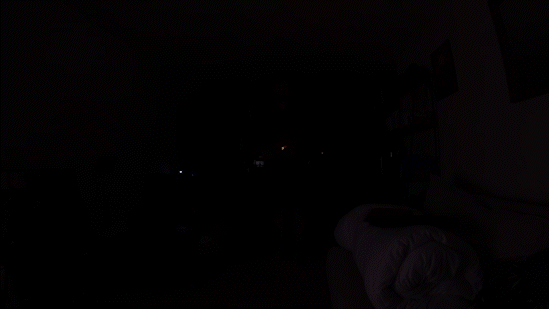
Photo and video quality
If you've used a Hero 10 Black, you'll know roughly what to expect from the Hero 11 Black's video quality. GoPro's processing is very smart, and captures impressive-looking content with respectable dynamic range given how small the camera sensor is. But you shouldn't expect strong lowlight performance, either across photos or videos.
The new, larger sensor doesn't improve image quality, it just adds more image to the mix, so when shooting 8:7 video in great lighting, you can crop a native 4K landscape or portrait video from it and it will likely look excellent for an action camera.
With incredibly strong stabilization when shooting outdoors, and best-in-class leveling, outperforming that of the DJI Action 2 and Osmo Action 3, and Hero 10 Black, walking footage captured outdoors really does appear to be shot on a gimbal. When the lights drop, Horizon Leveling can hurt footage quality, so we'd suggest turning on AutoBoost, which lets the Hero 11 Black decide how HyperSmooth your video should be.
Given the Hero 11 Black is so competent when it comes to it smart metering, which prioritizes faces, matched with a Media Mod (which comes as part of the Creator Edition), the camera is an excellent option for vlogging, marrying a strong image with upgradable audio.
If you don't hook up external audio, the Hero 11 Black's three microphones do a good job of grabbing ambient sound, but can be a bit indiscriminate, failing to focus on voices and bringing in ample background interruption – great for ambiance, not for vlogging.
It isn't just GoPro's video software that impresses. Super Photo shows up competition from the likes of DJI capturing significantly better dynamic range, and the Night Photo mode helps with both handheld and steadied lowlight capture.
GoPro's time-lapse features are also excellent, from the new modes to Speed Ramp, which can pull a time lapse into realtime or double time for more dynamic-looking content than that offered by the competition.
Video sample shot on the GoPro Hero 11 Black
GoPro subscription
The GoPro Hero 11 Black has a few features that are unlocked with a GoPro Subscription, which costs $49.99 / £49.99 a year. This takes the price of the camera itself down by $100 / £100, which is likely the main reason you might sign up for one, but it also unlocks a new Auto Highlight feature as well.
Auto Highlight takes up to a maximum of 75 photos and videos captured within a 12hr window, and turns them into an automatically generated Highlight video accessible in your GoPro app. Before an Auto Highlight can be created, though, a GoPro subscription is required, and your camera must be set to automatically upload its clips to the cloud. Once done, though, not only will you have a pre-made montage of your adventures, you'll also have all your clips backed up.
In addition to this new feature, the subscription also offers other benefits, including unlimited cloud backup, money off accessories, and live streaming at higher resolutions using GoPro's proprietary streaming service.
Verdict
The Hero 11 Black might not have wildly improved the line's lowlight performance, but with its new 8:7 sensor, a simplified interface, and improved horizon leveling, it's upgraded GoPro's offering in a meaningful way. Particularly appealing to folks who use multiple social platforms, nothing else can do quite what the 11 Black can.
The Hero 10 Black is still a great package for anyone who doesn't need an 8:7 sensor, and it's still on sale alongside the 11 Black. For beginners who want a simpler interface, or anyone enamored by the idea of 5.3K 8:7 video, the 11 Black is a worthy upgrade.
Priced at $399 / £399 with a GoPro Subscription, and $499 / £499 without, while it’s far from cheap, it’s one of the best, if not the best action camera out now.
You might also like the best GoPro cameras, as well as the best GoPro accessories, to pimp your setup. These are the best GoPro alternatives.
Basil Kronfli is a freelance technology journalist, consultant, and content creator. He trained in graphic design and started his career at Canon Europe before moving into journalism. Basil is also experienced in video production, independently running the YouTube channel TechEdit, and during his time at Future, he worked alongside the Digital Camera World team as a senior video producer.
